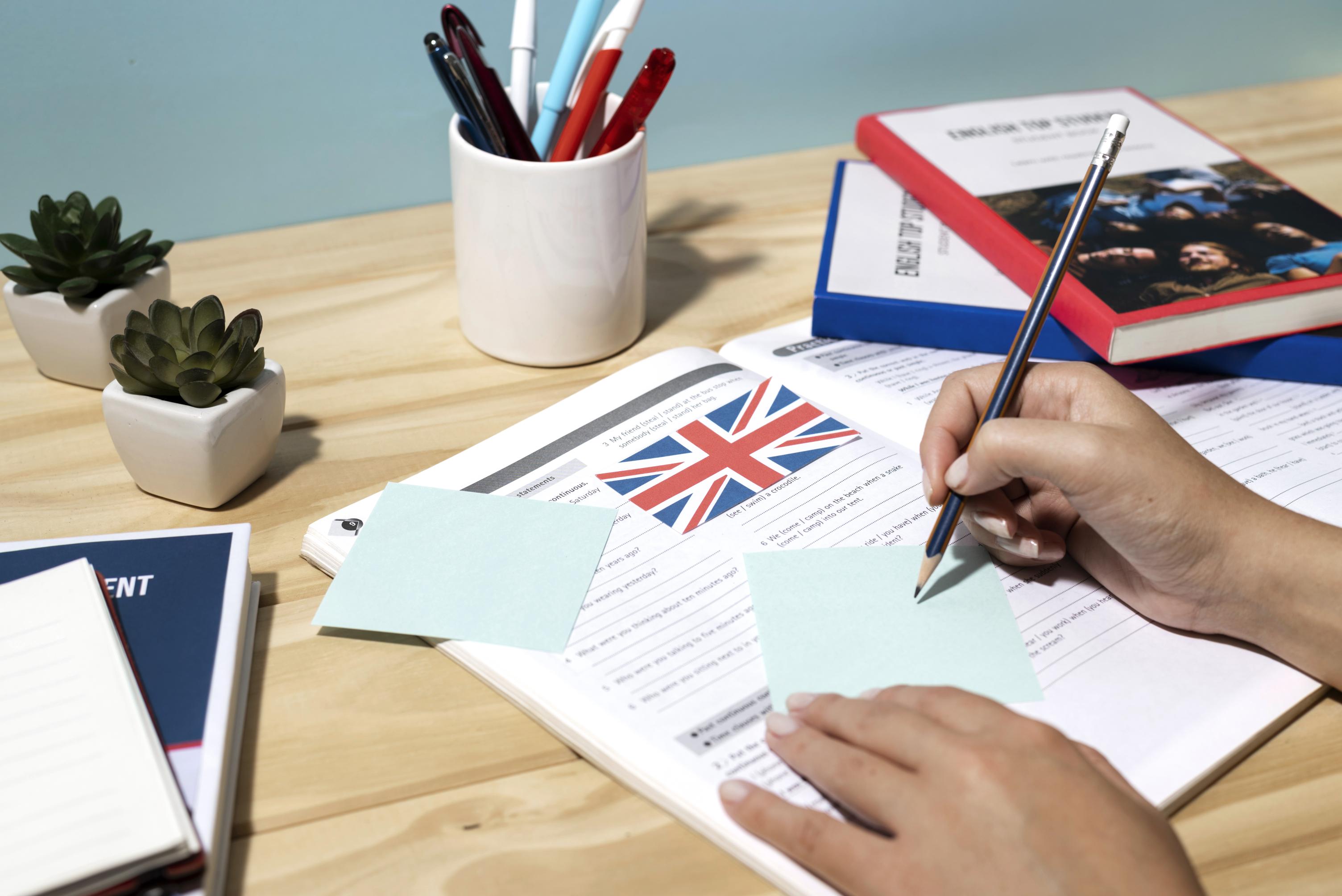
UK Tax Return Step-by-Step Guide: File Your 2025 Self-Assessment with Confidence
Filing your UK self-assessment tax return can seem daunting, especially if it's your first time or if your financial situation has changed. But with the right approach and a clear understanding of the process, you can confidently navigate the UK tax return system, saving both time and stress.
In this comprehensive guide, we'll walk you through the 2025 UK tax return process step-by-step, including what documents you need, when to file, how to avoid common mistakes, and how Selftax can make the process easier than ever.
Who Needs to File a Self-Assessment Tax Return in the UK?
You are required to file a tax return if:
- You're self-employed or a sole trader
- You're a partner in a business partnership
- You earned over £100,000
- You have income (e.g., from property rental, foreign income, dividends)
- You received income from savings, investments, or dividends above the allowance
- You're a company director (excluding non-profit companies)
Important Dates for the 2025 UK Tax Return
- 6 April 2024:Start of the 2024/2025 tax year
- October 2025:Deadline to register for Self-Assessment (if filing for the first time)
- October 2025:Deadline for paper tax returns
- January 2026: Deadline for online tax return submissions and payment of tax owed
Missing these deadlines could result in penalties and interest, so it's best to stay ahead.
Step-by-Step Guide to Filing Your Self-Assessment Tax Return Online
Step 1: Register with HMRC
If you're filing a self-assessment tax return for the first time, you must register with HMRC before 5 October 2025. Once registered, you will receive a Unique Taxpayer Reference (UTR) and instructions to set up your Government Gateway account.
Step 2: Gather the Required DocumentsBefore logging in, have the following ready:
- UTR number
- National Insurance number
- Records of income (invoices, payslips, bank statements)
- Business expenses (receipts, mileage records)
- P60/P45 or pension statements
- Interest earned on savings (bank statements or tax certificates)
- Records of any other income (rental, dividends, capital gains)
Visit HMRC's website and log in with your Government Gateway ID. Choose 'Complete your tax return' and follow the on-screen prompts.
Step 4: Fill In Your ReturnYou'll be guided through sections relevant to your circumstances, including:
- Personal details
- Employment or self-employment income
- Additional income (rental, dividends, etc.)
- Allowable expenses
- Tax relief (e.g., pensions, charitable donations)
- Student loan repayments
- Marriage allowance (if applicable)
HMRC will calculate your tax liability instantly. Review all sections, make any corrections, and submit the return. You’ll receive confirmation once it’s filed.
Step 6: Pay Your Tax BillYour payment is due by 31 January 2026. Payments can be made via:
- Debit or corporate credit card
- Bank transfer
- Direct debit
- Cheque by post
Top Mistakes to Avoid
- Missing the deadline: Late submissions incur a £100 fine (even if you owe no tax)
- Forgetting to declare income: HMRC can penalise for underreporting
- Failing to keep records: Keep tax documents for at least 5 years after the filing deadline
- Incorrect expense claims: Only claim what is genuinely related to business
How Selftax Makes the Process Easier
At Selftax, we simplify the entire process
- Step-by-step guidance with jargon-free explanations
- Affordable online service without the need for expensive accountants
- Built-in validation to help avoid common errors
- Secure document uploads to store your records in one place
- Customer support for real-time help with tricky sections
You don’t have to be a tax expert. With Selftax, you can file your return from the comfort of your home—accurately, affordably, and on time.
Final Thoughts
Filing your 2025 self-assessment tax return doesn't have to be stressful. With proper preparation, understanding, and tools like Selftax.co.uk, you can take control of your tax obligations and avoid penalties.
Want to get started today? Create your Selftax account and get peace of mind this tax season.